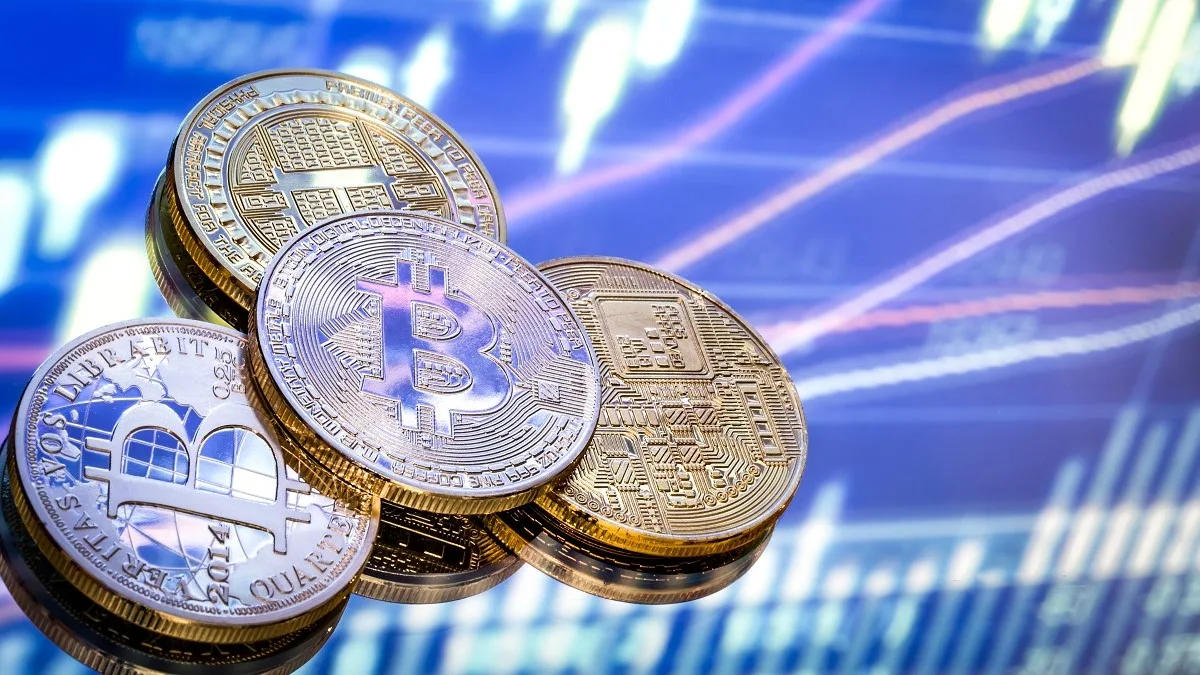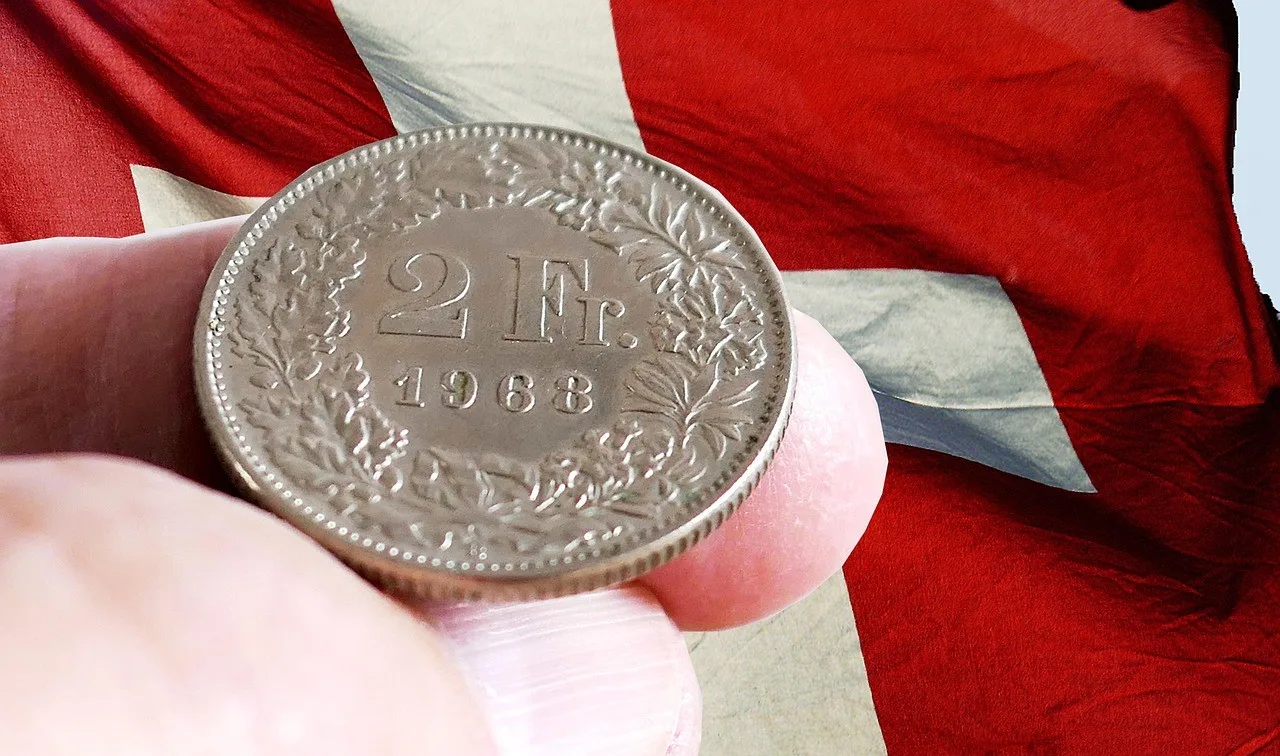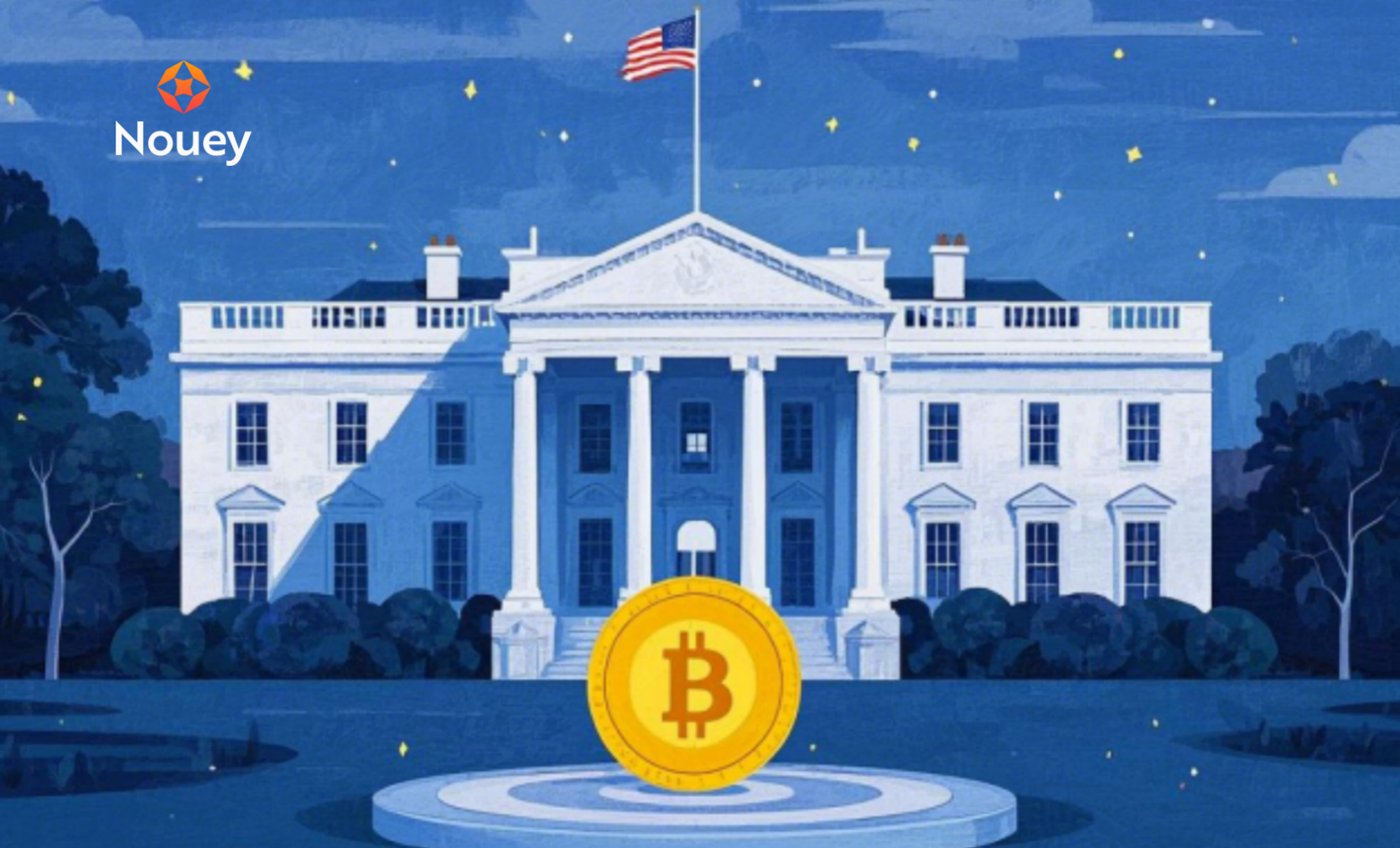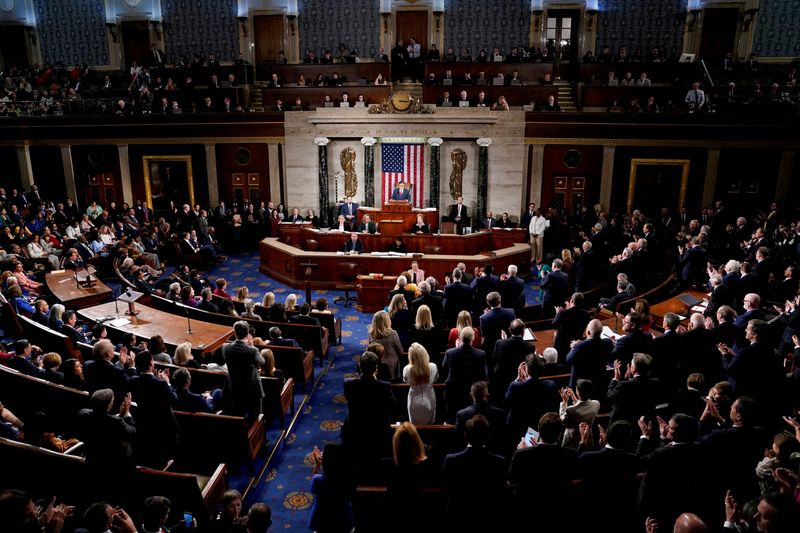
The US dollar continues to face pressure as investor confidence in the US economy takes another hit due to President Donald Trump’s plans to drastically alter the Federal Reserve, calling into question its independence. The EUR/USD exchange rate has touched nearly 1.16 in recent weeks.
White House economic adviser Kevin Hassett stated two weeks ago that President Trump and his team have considered the possibility of dismissing Fed Chair Jerome Powell. Trump had previously expressed his frustration with the Fed’s reluctance to lower interest rates, mentioning the potential removal of Powell could come “soon” and urging the Fed to implement expansionary monetary policies.
This statement, later retracted, along with tariffs and escalating trade war with China, has shaken global markets and clouded the outlook for the world’s largest economy, weakening the US dollar, which risks losing its status as a safe haven asset, forcing investors to shift capital away from American assets.
As a result, the dollar has fallen to decade lows against the Swiss franc at 0.8038, the euro has flirted with 1.16 dollars, the highest level since November 2021. Additionally, the greenback hit a seven-month low at 139.876 yen, the pound rose to 1.3424 dollars, the highest level since October 1, while the Australian dollar reached a four-month high at 0.6440 dollars and the New Zealand dollar regained the level of 0.6030 dollars for the first time in over five months.
“Powell does not directly answer to Trump, so he cannot be fired. He can only be removed through complex legal procedures,” said Vishnu Varathan, Mizuho’s Asia macroeconomic research head. “In my opinion, there is no need to immediately dismiss Powell. Just creating the perception that the concept of an independent Fed could be drastically altered. It is truly a golden opportunity for anyone betting against the dollar,” Varathan added.
EUR/USD Exchange Rate, Quoted at Highs around 1.1574
Traded on the Forex market, the EUR/USD exchange rate seems set to decline in the short term, despite the positive performance recorded in Friday’s session. After opening in line with the previous close, quotes immediately embarked on a strongly bullish trend, reaching a peak at the level of 1.1382.
Following the relative low reached on February 2 at the level of 1.0188, the EUR/USD exchange rate has radically changed direction, with a lasting bullish movement accentuated by periodic accelerations that have visibly distanced it from a well-defined upward trendline, until stopping near the resistance at 1.1574 (April 21).
From that point, prices are experiencing a slight correction that could continue for several days, at least until reaching the intermediate support level at 1.1152, where the important Supertrend indicator also passes. Only then could one re-enter the market with a medium-term rebound perspective, making the cross a good buying opportunity at more advantageous prices given the inevitable future depreciation of the dollar due to the ongoing trade war and only temporarily suspended.
From an operational point of view, therefore, opening long positions is advisable upon surpassing the level of 1.1382 with a target around 1.1574, while short positions can only be opened upon breaching the level of 1.1273 with a target very close to the level of 1.1157. The algorithmic setup, however, sees prices still above both the Parabolic Sar indicator and the 25-day moving average, which turned bullish at the beginning of April. The Macd indicator has just crossed its Signal. Furthermore, it is worth noting that the RSI oscillator is positioned in the “neutral” area near the level of 58.

The short-term trend of the EUR/USD exchange rate











